Lemon tree harvest tips are essential for any home gardener dreaming of sun-kissed citrus gracing their kitchen counter. Imagine plucking your own vibrant, juicy lemons straight from the branch – the aroma filling your garden, the taste bursting with freshness in your homemade lemonade. It’s a truly rewarding experience! But knowing when and how to harvest those precious lemons is key to maximizing your yield and enjoying the fruits (literally!) of your labor.
Citrus cultivation boasts a rich history, dating back thousands of years. Lemons, in particular, have been prized for their medicinal properties and culinary versatility across various cultures. From ancient remedies to modern-day recipes, the lemon’s zesty flavor and vibrant color have made it a beloved ingredient worldwide.
Let’s be honest, waiting for your lemons to ripen can feel like an eternity! And the last thing you want is to pick them too early or leave them on the tree for too long. That’s where these lemon tree harvest tips come in handy. I’m going to share some simple, DIY tricks and hacks that will help you determine the perfect time to harvest your lemons, ensuring you get the best flavor and longest shelf life. Plus, I’ll show you how to harvest them properly to avoid damaging your tree and encourage future growth. So, grab your gardening gloves, and let’s get started on unlocking the secrets to a bountiful lemon harvest!
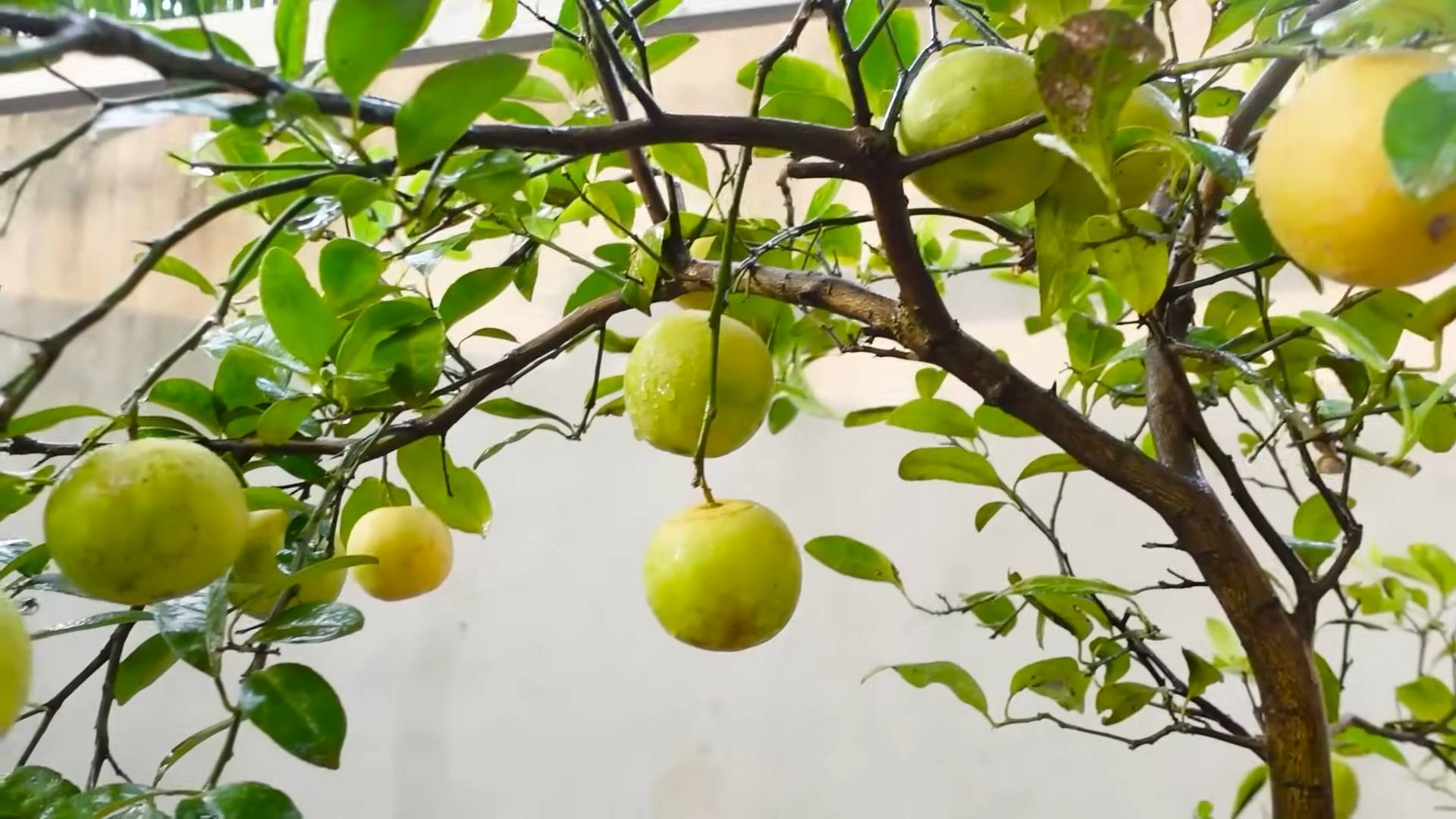
Harvesting Lemons Like a Pro: A DIY Guide to a Bountiful Citrus Crop
Okay, so you’ve nurtured your lemon tree, watched it blossom, and now it’s laden with beautiful, yellow fruit. Congratulations! But before you start squeezing lemons into everything, let’s talk about harvesting them the right way. Picking lemons at the peak of ripeness ensures the best flavor and juice, and proper harvesting techniques will keep your tree healthy and productive for years to come. I’m going to walk you through everything you need to know.
Knowing When Your Lemons Are Ready
The biggest question, right? When *are* those lemons actually ready to be picked? It’s not always as simple as just looking at the color. Here’s what to look for:
* Color: This is the most obvious clue. Lemons typically turn a vibrant, even yellow when ripe. However, some varieties, like Meyer lemons, can have a slightly orange hue. Don’t rely solely on color, though, especially if you live in a warmer climate where lemons can turn yellow before they’re fully ripe.
* Size: Compare your lemons to the average size for your specific variety. If they’re significantly smaller than expected, they probably need more time.
* Texture: Ripe lemons should feel firm and slightly heavy for their size. Avoid picking lemons that feel soft, mushy, or lightweight.
* Skin Thickness: The skin of a ripe lemon will be relatively smooth and thin. Thick, bumpy skin can indicate that the lemon isn’t quite ready.
* Taste Test (Optional): If you’re still unsure, you can carefully pick one lemon and taste it. The juice should be tart and flavorful, not bitter or bland. If it’s not quite there, wait a week or two and try again.
* The Gentle Tug Test: This is my favorite method. A ripe lemon should detach from the tree with a gentle tug. If you have to yank it off, it’s probably not quite ready.
Tools You’ll Need
Before you head out to the garden, gather these essential tools:
* Sharp Pruning Shears or Clippers: These are crucial for making clean cuts and preventing damage to the tree. Dull blades can tear the branches and create entry points for diseases. I prefer bypass pruners, as they make cleaner cuts than anvil pruners.
* Gloves: Lemon trees often have thorns, so protect your hands with a good pair of gardening gloves.
* Harvesting Basket or Bag: You’ll need something to collect your lemons in. A sturdy basket or a canvas bag works well. Avoid using plastic bags, as they can trap moisture and cause the lemons to rot.
* Ladder or Step Stool (If Necessary): If your tree is tall, you’ll need a ladder or step stool to reach the higher branches. Always prioritize safety and use a stable platform.
Step-by-Step Harvesting Guide
Alright, let’s get down to the nitty-gritty. Here’s how to harvest your lemons like a pro:
1. Prepare Your Tools: Make sure your pruning shears are clean and sharp. You can sanitize them with rubbing alcohol or a bleach solution (1 part bleach to 9 parts water) to prevent the spread of diseases.
2. Identify Ripe Lemons: Use the criteria we discussed earlier to identify the lemons that are ready to be picked. Look for vibrant yellow color, firm texture, and a slight heaviness.
3. Make the Cut: Using your pruning shears, cut the lemon from the tree, leaving a small piece of the stem attached (about 1/4 inch). This helps prevent the lemon from rotting. Cut the stem close to the fruit, but be careful not to damage the branch.
4. Handle with Care: Gently place the harvested lemons in your basket or bag. Avoid dropping or bruising them, as this can shorten their shelf life.
5. Work Your Way Around the Tree: Systematically harvest all the ripe lemons from the tree, working your way around the branches. Don’t be afraid to reach into the interior of the tree to find hidden lemons.
6. Inspect for Pests and Diseases: While you’re harvesting, take the opportunity to inspect your tree for any signs of pests or diseases. Look for unusual spots, discoloration, or insect activity. Addressing these problems early can prevent them from spreading.
7. Clean Up: Once you’ve finished harvesting, clean up any fallen leaves or debris around the base of the tree. This helps prevent the buildup of pests and diseases.
Storing Your Harvested Lemons
Now that you’ve got a basket full of beautiful lemons, let’s talk about how to store them properly to maximize their shelf life.
* Room Temperature: Lemons can be stored at room temperature for about a week. Keep them in a cool, dry place away from direct sunlight.
* Refrigeration: For longer storage, refrigerate your lemons in a plastic bag or container. They can last for several weeks in the refrigerator.
* Freezing: You can also freeze lemons for even longer storage. Whole lemons can be frozen, but they may become slightly soft when thawed. A better option is to freeze lemon juice or zest.
* Lemon Juice: Squeeze the juice from your lemons and pour it into ice cube trays. Once frozen, transfer the cubes to a freezer bag. You can then thaw individual cubes as needed.
* Lemon Zest: Zest the lemons before juicing them and store the zest in a freezer bag. It will retain its flavor and aroma for several months.
Troubleshooting Common Harvesting Issues
Sometimes, things don’t go exactly as planned. Here are some common harvesting issues and how to address them:
* Lemons are falling off the tree before they’re ripe: This can be caused by several factors, including overwatering, underwatering, nutrient deficiencies, or pest infestations. Check the soil moisture and adjust your watering schedule accordingly. Fertilize your tree with a citrus-specific fertilizer to provide the necessary nutrients. Inspect the tree for pests and diseases and take appropriate action.
* Lemons are turning yellow but are still hard: This can happen in warmer climates where lemons turn yellow before they’re fully ripe. Wait a week or two and try the gentle tug test. If the lemon still doesn’t detach easily, it’s probably not ready.
* Lemons are rotting on the tree: This can be caused by fungal diseases or pest damage. Remove the affected lemons and dispose of them properly. Prune the tree to improve air circulation and prevent the spread of the disease.
* The tree isn’t producing many lemons: This can be caused by several factors, including lack of sunlight, poor soil, or improper pruning. Make sure your tree is getting at least 6 hours of sunlight per day. Amend the soil with compost or other organic matter to improve its fertility. Prune the tree regularly to remove dead or diseased branches and encourage new growth.
Pruning After Harvesting
Once you’ve harvested all your lemons, it’s a good time to prune your tree. Pruning helps to maintain the shape of the tree, improve air circulation, and encourage new growth.
* Remove Dead or Diseased Branches: Start by removing any dead, damaged, or diseased branches. Cut them back to healthy wood.
* Thin Out the Canopy: Thin out the canopy to improve air circulation and allow more sunlight to reach the interior of the tree. Remove any crossing or rubbing branches.
* Shape the Tree: Shape the tree to maintain its desired form. Remove any branches that are growing in the wrong direction or are too long.
* Encourage New Growth: Prune back the tips of the branches to encourage new growth. This will help the tree produce more lemons in the future.
Using Your Harvest
Now for the fun part! You’ve got a pile of fresh lemons – what are you going to do with them? The possibilities are endless!
* Lemonade: The classic! Freshly squeezed lemonade is the perfect refreshing drink on a hot day.
* Lemon Bars: These tangy and sweet treats are always a crowd-pleaser.
* Lemon Chicken: Add a zesty twist to your chicken dishes with lemon juice and zest.
* Lemon Vinaigrette: Make a simple and delicious salad dressing with lemon juice, olive oil, and herbs.
* Lemon Cleaning Solution: Lemons are a natural cleaning agent. Use lemon juice to clean countertops, sinks, and other surfaces.
* Lemon-Infused Water: Add slices of lemon to your water for a refreshing and healthy drink.
* Lemon Curd: A delicious spread for toast, scones, or desserts.
* Preserved Lemons: A staple in Moroccan cuisine, preserved lemons add a unique flavor to tagines and other dishes.
Harvesting your own lemons is a rewarding experience. By following these tips, you can ensure a bountiful harvest and enjoy the delicious flavor of
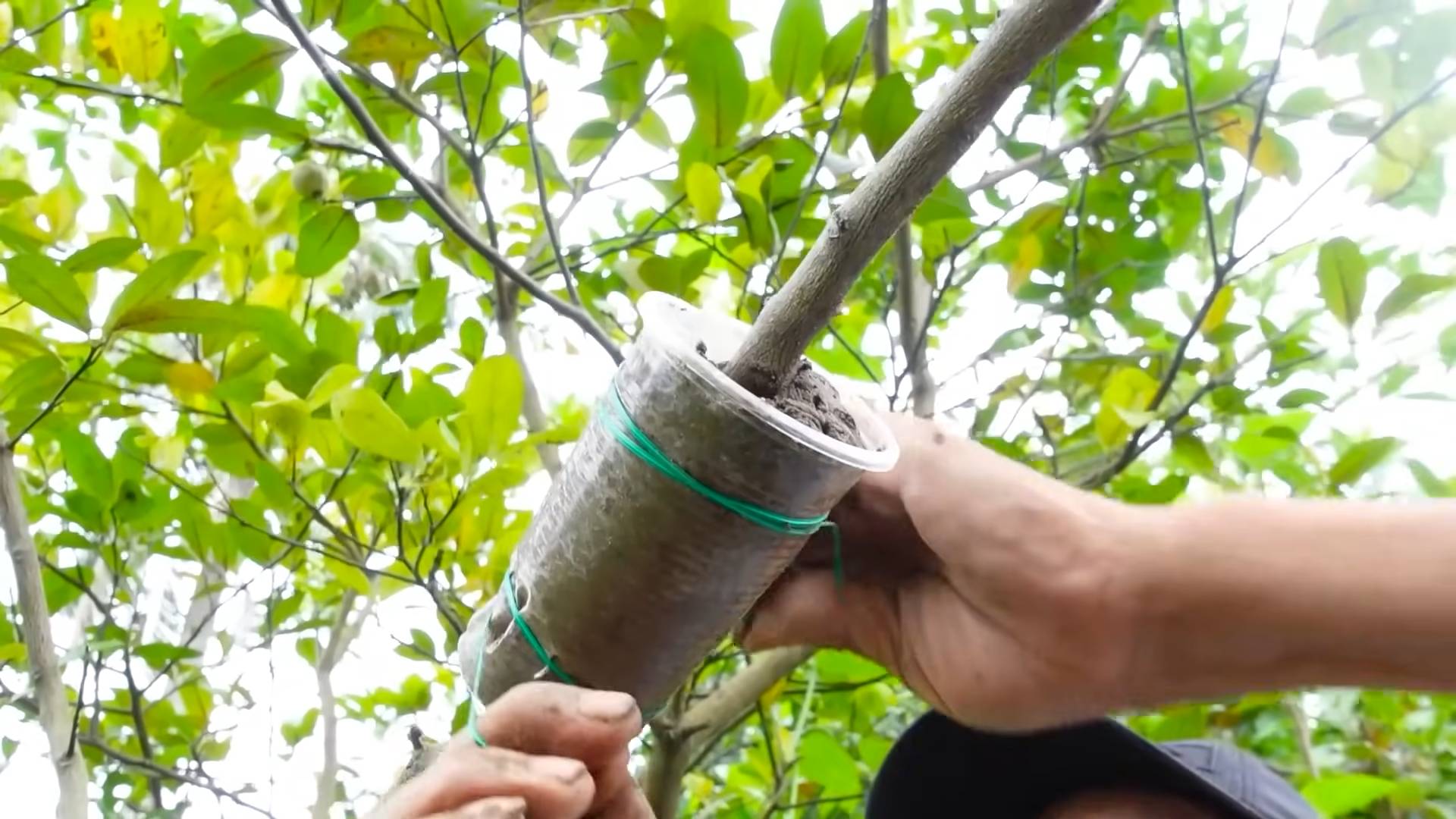
Conclusion
So, there you have it! Mastering these lemon tree harvest tips isn’t just about picking fruit; it’s about unlocking the full potential of your citrus bounty and enjoying the fruits (literally!) of your labor for months to come. We’ve covered everything from recognizing the telltale signs of ripeness to employing the gentlest harvesting techniques, ensuring you gather lemons bursting with flavor and ready for all your culinary and household needs.
Why is this DIY approach a must-try? Because it empowers you to take control of your harvest, minimizing waste and maximizing the quality of your lemons. Store-bought lemons, while convenient, often lack the vibrant zest and intense juice that homegrown lemons possess. By following these tips, you’re not just harvesting lemons; you’re harvesting an experience – the satisfaction of nurturing a tree and reaping the rewards of your care. You’re also ensuring you have access to the freshest, most flavorful lemons possible, free from the waxes and preservatives often found on commercially grown fruit.
But don’t stop there! Experiment with different harvesting times to discover your preferred level of tartness. Some prefer the zing of a slightly underripe lemon, while others crave the sweetness of a fully mature fruit. Consider the intended use of your lemons as well. Lemons destined for marmalade might benefit from a slightly longer ripening period on the tree, allowing the peel to soften and develop a richer flavor. For juicing, aim for lemons that are heavy for their size and yield easily to gentle pressure.
And speaking of variations, think beyond the basic lemon. If you’re growing Meyer lemons, remember they tend to be sweeter and less acidic than Eureka or Lisbon varieties, so adjust your recipes accordingly. You can also explore preserving your lemon harvest through methods like making lemon curd, candied lemon peel, or even preserving them in salt. These techniques not only extend the shelf life of your lemons but also offer exciting new culinary possibilities.
We wholeheartedly encourage you to put these lemon tree harvest tips into practice and witness the difference firsthand. The reward of plucking a perfectly ripe, sun-kissed lemon from your own tree is truly unparalleled. It’s a connection to nature, a celebration of flavor, and a testament to the joys of gardening.
Don’t be shy about sharing your experiences! We’d love to hear about your successes, challenges, and any unique techniques you’ve discovered along the way. Share your photos, recipes, and stories in the comments below. Let’s build a community of lemon-loving gardeners and learn from each other’s experiences. Happy harvesting!
Frequently Asked Questions (FAQ)
Q: How do I know when my lemons are ripe and ready to harvest?
A: This is arguably the most crucial aspect of successful lemon harvesting. Don’t rely solely on color, as some lemons can turn yellow long before they’re truly ripe. Instead, look for these key indicators:
* **Color:** The lemon should be a vibrant, even yellow color. For Meyer lemons, a slight orange tinge is normal.
* **Size:** The lemon should have reached its mature size for the variety. Check your specific lemon tree variety for typical size expectations.
* **Texture:** The skin should be smooth and slightly glossy. Avoid lemons with dull, wrinkled, or blemished skin.
* **Firmness:** The lemon should feel firm and heavy for its size. A ripe lemon will be plump with juice.
* **Ease of Picking:** A ripe lemon should detach easily from the tree with a gentle twist. If you have to tug or pull, it’s likely not quite ready.
* **Taste Test (Optional):** If you’re still unsure, you can carefully pick one lemon and taste the juice. It should be tart and flavorful, with a good balance of sweetness (especially for Meyer lemons).
Q: What’s the best way to harvest lemons without damaging the tree?
A: Gentle harvesting is key to ensuring the health and productivity of your lemon tree. Here’s the recommended technique:
* **Use Pruning Shears or Clippers:** Avoid pulling the lemons off the tree, as this can damage the branches and potentially introduce disease. Use sharp, clean pruning shears or clippers to cut the stem close to the fruit.
* **Support the Fruit:** Hold the lemon gently in your hand while you cut the stem to prevent it from falling and bruising.
* **Cut Cleanly:** Make a clean, angled cut to prevent water from pooling on the cut stem, which can lead to rot.
* **Avoid Ripping:** Never rip or tear the lemons from the tree. This can damage the bark and create entry points for pests and diseases.
Q: How long will freshly harvested lemons last?
A: The shelf life of your lemons depends on how you store them. Here are some tips for maximizing their freshness:
* **Room Temperature:** At room temperature, lemons will typically last for about a week.
* **Refrigerator:** Storing lemons in the refrigerator can extend their shelf life to several weeks. Place them in a plastic bag or airtight container to prevent them from drying out.
* **Freezer:** You can freeze whole lemons, lemon slices, or lemon juice. Whole lemons can be frozen for several months, but the texture may change slightly upon thawing. Lemon juice can be frozen in ice cube trays for easy use in recipes.
* **Proper Handling:** Avoid bruising or damaging the lemons during harvest and storage, as this can shorten their shelf life.
Q: My lemons are green, but they’re already quite large. Can I harvest them?
A: While size is a factor, color is a more reliable indicator of ripeness. Green lemons are generally not ripe, even if they’re large. They may be sour and lack the characteristic lemon flavor. It’s best to wait until they turn yellow before harvesting. However, if you live in a climate with a short growing season and frost is imminent, you can harvest green lemons and allow them to ripen indoors. Place them in a paper bag with an apple or banana, which will release ethylene gas and help them ripen.
Q: What can I do with a large lemon harvest?
A: A bountiful lemon harvest is a blessing! Here are some ideas for using your lemons:
* **Juice and Freeze:** Extract the juice and freeze it in ice cube trays for later use in drinks, recipes, and cleaning solutions.
* **Make Lemonade:** A classic and refreshing way to use up lots of lemons.
* **Bake Lemon Desserts:** Lemon bars, lemon meringue pie, lemon cake – the possibilities are endless!
* **Preserve Lemons:** Make preserved lemons, a staple in Moroccan cuisine.
* **Candied Lemon Peel:** A delicious and elegant treat.
* **Lemon Curd:** A creamy and tangy spread for toast, scones, or desserts.
* **Lemon Vinegar:** A natural and effective cleaning solution.
* **Gift Them:** Share your bounty with friends, family, and neighbors.
Q: My lemon tree isn’t producing many lemons. What could be the problem?
A: Several factors can affect lemon tree production. Here are some common causes:
* **Age:** Young lemon trees may take a few years to start producing fruit.
* **Pollination:** Lemon trees are self-pollinating, but bees and other pollinators can help increase fruit set.
* **Nutrient Deficiency:** Lemon trees need adequate nutrients, especially nitrogen, phosphorus, and potassium. Fertilize your tree regularly with a citrus-specific fertilizer.
* **Watering:** Overwatering or underwatering can stress the tree and reduce fruit production. Water deeply but infrequently, allowing the soil to dry out slightly between waterings.
* **Sunlight:** Lemon trees need at least 6-8 hours of sunlight per day.
* **Pests and Diseases:** Pests like aphids, scale, and spider mites can weaken the tree and reduce fruit production. Treat infestations promptly.
* **Pruning:** Proper pruning can improve air circulation and sunlight penetration, which can increase fruit production. Prune your lemon tree in late winter or early spring.
* **Climate:** Lemon trees thrive in warm climates. Cold temperatures can damage the tree and reduce fruit production.
Q: Can I grow lemons indoors?
A: Yes, you can grow lemons indoors, but it requires some extra care. Choose a dwarf variety like Meyer lemon, which is well-suited for container growing. Provide plenty of sunlight (at least 6-8 hours per day), either through a sunny window or with grow lights. Use a well-draining potting mix and water regularly, allowing the soil to dry out slightly between waterings. Fertilize regularly with a citrus-specific fertilizer. You may also need to hand-pollinate the flowers to ensure fruit set.

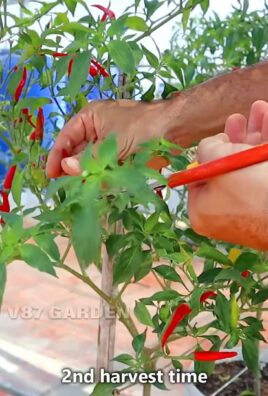
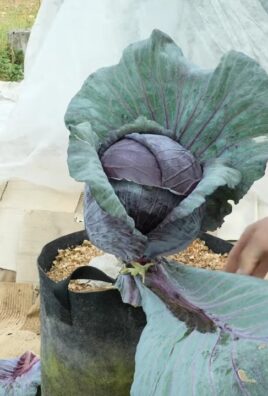
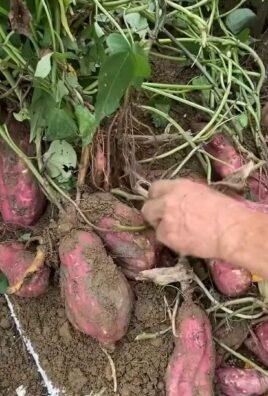
Leave a Comment